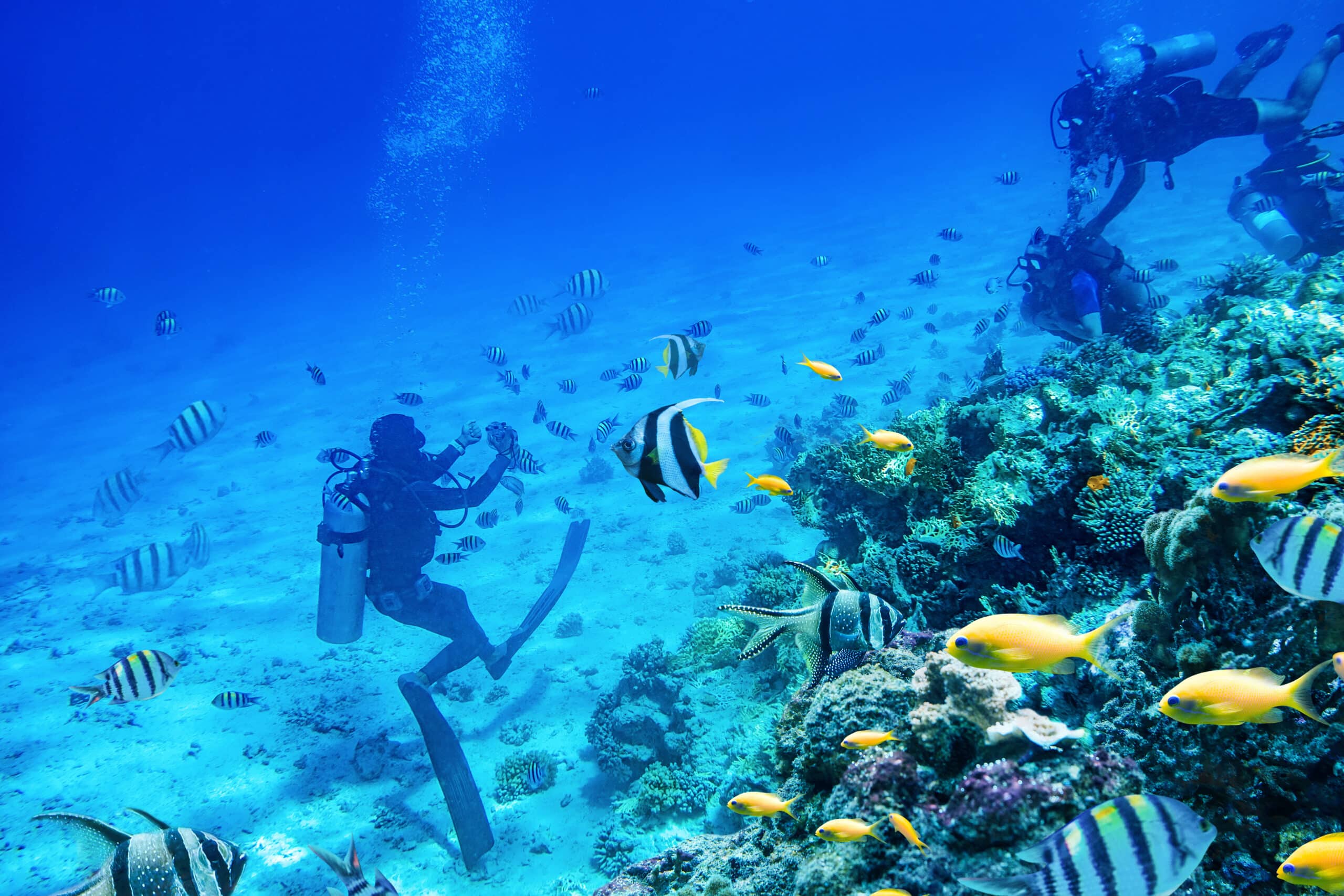Our planet is home to a diverse range of wildlife and plant species, each of which plays a critical role in maintaining the planet’s delicate balance. From the majestic elephants of Africa to the tiny wildflowers that dot our landscape, every living organism is a vital part of our ecosystem. Sadly, many of these species are threatened with extinction, pushed to the brink by human activities such as habitat destruction, over-harvesting, and pollution. Unless we act quickly to conserve these vulnerable species, we may lose them forever.
The Need for Conservation
Conservation is often seen as a luxury, something that we can focus on when all other problems have been solved. However, the reality is that conservation is fundamental to addressing many of the world’s most pressing problems, including climate change, poverty, and food security. By protecting and restoring natural habitats, we can reduce the impacts of climate change, provide livelihoods for local communities, and safeguard the biodiversity that is critical to the survival of all life on Earth.
The High Cost of Inaction
The cost of inaction when it comes to species conservation is high. A recent report by the World Wildlife Fund estimates that we have lost more than 60% of the world’s wildlife populations since 1970, with the rate of decline accelerating rapidly in recent decades. The loss of species is not just a tragedy in itself but has far-reaching consequences for ecosystems and human well-being. For example, the world’s bees and other pollinators are responsible for an estimated $235-$577 billion in crop production each year, yet many of these vital species are at risk of extinction.
Tips for Effective Species Conservation
Effective species conservation requires a multifaceted approach, involving governments, non-governmental organizations, communities, and individuals. Some tips for successful conservation efforts include:
1. Protecting natural habitats: This is essential for conserving species, as natural habitats provide vital resources such as food, water, and shelter. Protecting and restoring natural habitats can also help to mitigate the impacts of climate change.
2. Reducing human-wildlife conflicts: Human-wildlife conflicts can arise when people and wildlife come into contact, for example, when wildlife raid crops or livestock. Finding ways to reduce these conflicts is critical for conserving species and ensuring that local communities can coexist with wildlife.
3. Supporting sustainable practices: Encouraging sustainable practices, such as responsible fishing and farming, can help to conserve species and reduce the pressure on natural resources.
4. Increasing awareness: Educating people about the importance of conservation and the risks posed by the loss of species is critical for building support for conservation efforts and inspiring people to take action.
Conclusion
The loss of species is a tragedy that will have far-reaching consequences for ecosystems and human well-being. The urgent need for species conservation requires action at all levels, from governments and organizations to individuals. We must act now to protect our planet’s biodiversity and ensure that these vital species do not become lost to future generations. By working together, we can make a difference and help secure a brighter future for all species.

Deja una respuesta